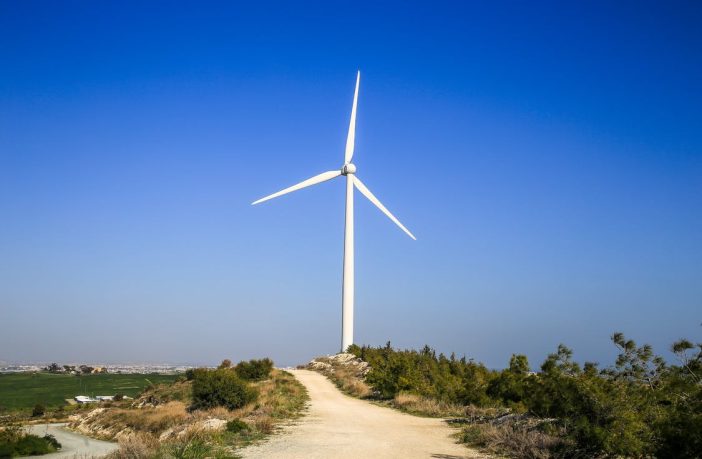- The international Energy Agency has released their latest Renewable Energy Market Update – May 2022 report.
- Renewable electricity capacity additions broke another record in 2021 and biofuels demand almost recovered to pre-Covid levels, despite the continuation of logistical challenges and increasing prices.
- However, the Russian Federation’s (hereafter, “Russia”) invasion of Ukraine is sending shock waves through energy and agriculture markets, resulting in an unprecedented global energy crisis.
- In many countries, governments are trying to shelter consumers from higher energy prices, reduce dependence on Russian supplies and are proposing policies to accelerate the transition to clean energy technologies.
- Renewable capacity is expected to increase over 8% in 2022 compared with last year, pushing through the 300 GW mark for the first time.
- Higher solar PV and wind costs are here to stay in 2022 and 2023 but they do not challenge competitiveness.
Despite the persistent pandemic-induced supply chain challenges, construction delays, and record-level raw material and commodity prices, renewable capacity additions in 2021 increased 6% and broke another record, reaching almost 295 GW.
This growth is slightly higher than the forecast last year in the IEA’s Renewables 2021. Globally, the 17% decline in annual wind capacity additions in 2021 was offset by an increase in solar PV and growth in hydropower installations.
The expansion of bioenergy, concentrated solar power (CSP) and geothermal was stable in 2021 compared with 2020. In terms of speed of growth, renewable capacity’s year-on-year increase last year was slower, following an exceptional jump in 2020 when Chinese developers rushed to connect projects before the phase out of subsidies, especially for onshore wind.
Wind and Solar
Solar PV is forecast to account for 60% of the increase in global renewable capacity this year with the commissioning of 190 GW, a 25% gain from last year. Utility-scale projects account for almost two-thirds of overall PV expansion in 2022, mostly driven by a strong policy environment in China and the European Union driving faster deployment.
Following a 32% year-on-year decline in 2021, new global onshore wind installations are expected to slightly recover and reach almost 80 GW. Offshore wind growth worldwide is expected to decline 40% in 2022 following the exceptional four-fold jump last year in China due to the national subsidy phase-out deadline. Despite this decline, 2022 global offshore wind capacity additions will still double compared to 2020, thanks to the continuation of provincial incentives in China and the expansion in the European Union.
Higher Costs for solar and wind here to stay
Prices for many raw materials and freight costs have been on an increasing trend since the beginning of 2021. By March 2022, the price of PV-grade polysilicon more than quadrupled, steel increased by 50%, copper rose by 70%, aluminium doubled and freight costs rose almost five-fold. The reversal of the long-term trend of decreasing costs is reflected in the higher prices of wind turbines and PV modules as manufacturers pass through increased equipment costs.
Compared with 2020, the EIA estimates that the overall investment costs of new utility-scale PV and onshore wind plants are from 15% to 25% higher in 2022. Surging freight costs are the biggest contributor to overall price increases for onshore wind. For solar PV, the impact is more evenly divided among elevated prices for freight, polysilicon and metals.
Link to the full report HERE
Author: Bryan Groenendaal











